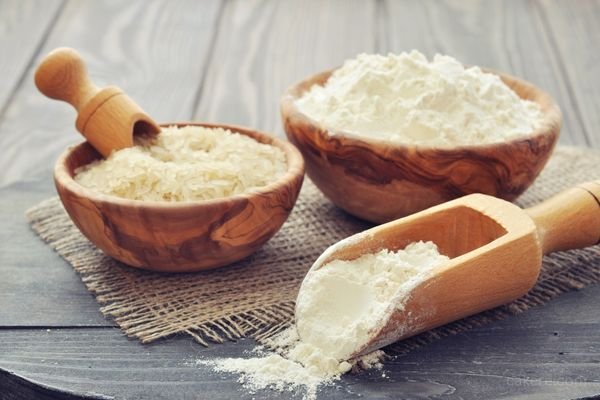Baking is an art that requires a perfect balance of ingredients to achieve delicious results. One such ingredient is self-rising flour, which is commonly used in baked goods such as cakes, biscuits, and muffins.
Self-rising flour has unique properties that make it a popular choice in baking, but many people are still unaware of what it actually does. In this article, we’ll explore the role of self-rising flour in baking and its benefits.

What Does Self Rising Flour Do in Baking?
Self-rising flour is a type of flour that has a leavening agent, baking powder, and salt already added to it. The leavening agent is what makes the flour rise and gives baked goods their light, fluffy texture. Self-rising flour is a convenient alternative to all-purpose flour and allows bakers to skip the step of adding leavening agents and salt separately.
The leavening agent in self-rising flour activates when it comes into contact with moisture, such as milk or water. This produces carbon dioxide gas, which causes the mixture to rise. The salt in self-rising flour enhances the flavor of baked goods and also helps to regulate the fermentation process.
Using self-rising flour in baking provides the following benefits:
- Convenience: Self-rising flour eliminates the need to measure and mix separate ingredients, saving time and effort in the baking process.
- Consistency: Since the leavening agent, salt, and flour are already blended, the end result is consistent and predictable.
- Texture: Self-rising flour produces baked goods that are light and fluffy, making them more enjoyable to eat.
How to Use Self-Rising Flour in Baking:
When using self-rising flour in a recipe, it’s important to note that the recipe must be adjusted accordingly. Since self-rising flour already contains baking powder and salt, reducing the amount of these ingredients is necessary to avoid an overly salty or bitter taste. For every cup of all-purpose flour, use one and a half teaspoons of baking powder and a quarter teaspoon of salt.
FAQs
No, self-rising flour is best suited for recipes that require a light and fluffy texture, such as biscuits, cakes, and muffins. It’s not recommended for recipes that require a denser texture, such as bread.
Yes, you can make self-rising flour at home by combining one cup of all-purpose flour, one and a half teaspoons of baking powder, and a quarter teaspoon of salt.
Conclusion
Self-rising flour is a versatile ingredient that can make baking easier and more convenient. Its unique properties make it a popular choice among bakers, and it’s a great alternative to all-purpose flour. Understanding what self-rising flour does in baking can help you create delicious baked goods with ease. So the next time you’re in the kitchen, reach for self-rising flour and experience the magic for yourself.
